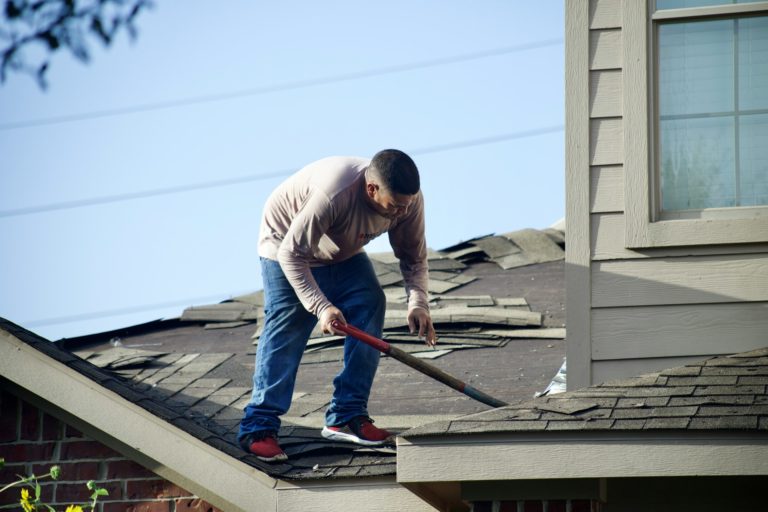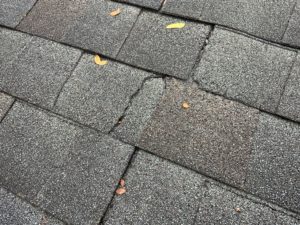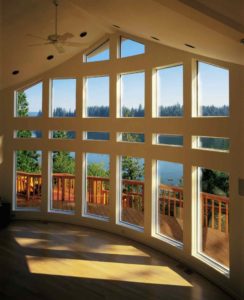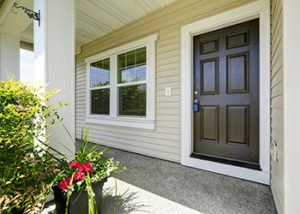Maintaining your asphalt shingle roof is essential to ensure that your home stays safe and dry. While asphalt shingles are designed to last for many years, they can still encounter issues that need immediate attention. Knowing how to identify and quickly fix these problems can save you time and money, as well as prolong the life of your roof.
Common problems such as loose shingles, minor leaks, and granule loss can often be addressed with simple DIY solutions. These quick fixes are not only cost-effective but also help prevent minor issues from turning into major repairs. However, more severe damage or persistent problems might require the expertise of a professional roofer to ensure the job is done correctly.
In this guide, we will explore some of the most common issues faced by homeowners with asphalt shingle roofs. We will also provide practical DIY fixes for minor damage, discuss the essential tools and materials you’ll need for quick roof repairs, and explain when it’s best to seek professional help. By understanding these quick fixes, you can take better care of your roof and maintain the integrity of your home.
Identifying Common Asphalt Shingle Roof Problems
Knowing what to look for can help you identify issues with your asphalt shingle roof early. Here are some common problems to keep an eye out for:
1. Loose or Missing Shingles: Over time, shingles can become loose due to weather conditions or improper installation. Missing shingles leave your roof vulnerable to leaks and other damage.
2. Cracked or Broken Shingles: Extreme weather, such as hail or heavy winds, can cause shingles to crack or break. Even small cracks can expand, leading to more significant issues down the line.
3. Granule Loss: Asphalt shingles have granules that protect them from the sun’s UV rays. Finding granules in your gutters or downspouts is a sign that your shingles are wearing out and may need replacement.
4. Water Stains on Ceiling: Water stains on your ceiling often indicate a leak in your roof. This could be due to damaged or missing shingles that allow water to seep into your home.
5. Sagging Roof Deck: A sagging roof deck can be a sign of serious structural issues, often caused by prolonged moisture exposure. It’s essential to address this problem immediately to prevent further damage.
6. Algae and Moss Growth: Algae and moss can grow on shaded areas of your roof, retaining moisture and causing shingle decay. This can lead to leaks and reduce the lifespan of your roof.
By regularly inspecting your roof for these signs, you can catch problems early and take steps to fix them before they worsen.
DIY Fixes for Minor Asphalt Shingle Damage
You don’t always need to call a professional for minor asphalt shingle damage. Here are some quick DIY fixes you can tackle yourself:
1. Replacing Loose or Missing Shingles: Start by carefully removing the damaged shingle with a flat pry bar. Slide a new shingle into place and secure it with roofing nails. Ensure the new shingle aligns with the others for a seamless look.
2. Fixing Cracked Shingles: For cracked shingles, use roofing sealant to fill the cracks. Apply the sealant underneath the crack and press the shingle down to bond it. Add a small amount of sealant on top of the crack and smooth it out to protect it from the elements.
3. Addressing Granule Loss: If you notice granule loss, apply a roof coating suitable for your shingle type. This provides an extra layer of protection and helps extend the life of your shingles.
4. Cleaning Algae and Moss: To remove algae and moss, mix water and bleach (one-part bleach to four parts water). Spray the solution on the affected areas and let it sit for about 15 minutes before gently scrubbing with a soft brush. Rinse thoroughly with water.
5. Sealing Minor Leaks: If you find a small leak, apply roofing cement to seal the affected area. Spread a generous amount over the leak and any surrounding shingles that may also be affected.
These DIY fixes can help you address minor roof issues quickly and efficiently. However, always prioritize safety by using the proper tools and taking necessary precautions when working on your roof.
Essential Tools and Materials for Quick Roof Repairs
Having the right tools and materials is crucial for performing quick and effective roof repairs. Here’s a list of essentials you should have on hand:
1. Roofing Nails and Hammer: Secure loose shingles or install new ones with high-quality roofing nails. A hammer is necessary for driving in the nails.
2. Flat Pry Bar: Useful for removing damaged shingles and nails. It allows you to lift shingles without causing more damage.
3. Roofing Sealant and Cement: These products are essential for sealing cracks, leaks, and adhesive needs. Roofing cement works well for minor leaks.
4. Utility Knife: Ideal for cutting shingles to size and trimming any excess material.
5. Tape Measure: Accurately measure the dimensions of areas needing repair to ensure you cut shingles to the correct size.
6. Ladder: A sturdy ladder is vital for safely accessing your roof. It should be long enough to reach your roof while providing stable support.
7. Safety Gear: Wear non-slip shoes, gloves, and safety glasses. A harness is advisable for added safety when working on steep roofs.
8. Replacement Shingles: Keep a supply of matching shingles to replace damaged ones. This ensures repairs blend seamlessly with your existing roof.
By keeping these tools and materials on hand, you will be better prepared to address minor roof issues as they arise, preventing them from escalating into more severe problems.
When to Seek Professional Help for Roof Issues
While many minor roof problems can be handled with DIY fixes, some situations require professional intervention. Here’s when to call in the experts:
1. Extensive Damage: If you notice widespread damage, such as numerous missing or broken shingles, or if a large section of your roof is sagging, it’s best to seek professional help. These issues often signal structural problems that need expert attention.
2. Persistent Leaks: If you’ve tried sealing a leak and it keeps coming back, there may be an underlying issue that needs professional assessment. Persistent leaks can lead to significant water damage and should be addressed promptly.
3. Storm Damage: Severe weather conditions, such as hailstorms, heavy winds, or significant snowfall, can cause extensive roof damage. After a storm, have a professional inspect your roof to identify and repair any issues you might miss.
4. Safety Concerns: If your roof is steep or high, or if you feel uncomfortable working on it, it’s safer to hire a professional. Roof repairs can be dangerous, and having an expert handle it reduces the risk of injury.
5. Warranty and Insurance Conditions: Some repairs might need to be done by a licensed professional to keep your roof’s warranty valid or to meet insurance requirements. Check your warranty and insurance policy before starting any repairs.
Opting for professional help in these situations ensures that your roof is repaired correctly and safely, maintaining the integrity and value of your home.
Conclusion
Maintaining your asphalt shingle roof doesn’t have to be a daunting task. By identifying common problems early and addressing minor issues with quick DIY fixes, you can keep your roof in good condition and prevent costly repairs down the road. Understanding when to seek professional help is also crucial for more significant or complex issues that require an expert’s touch.
Regular inspections, timely repairs, and having the right tools on hand can make a huge difference in the lifespan of your roof. Keeping your roof in top shape not only protects your home but also enhances its overall value and appearance.
If you notice signs of damage or if you’re unsure about the extent of a problem, don’t hesitate to reach out. Contact Lighthouse Exteriors, a roof repair company, for an expert assessment and reliable roof repair services. Your home’s safety and longevity are our top priorities.







